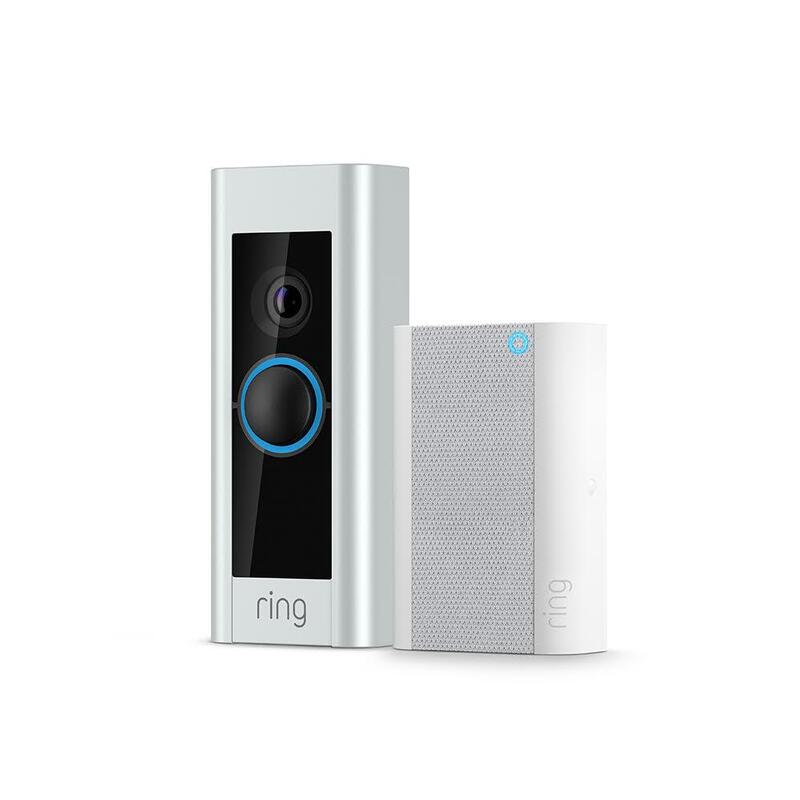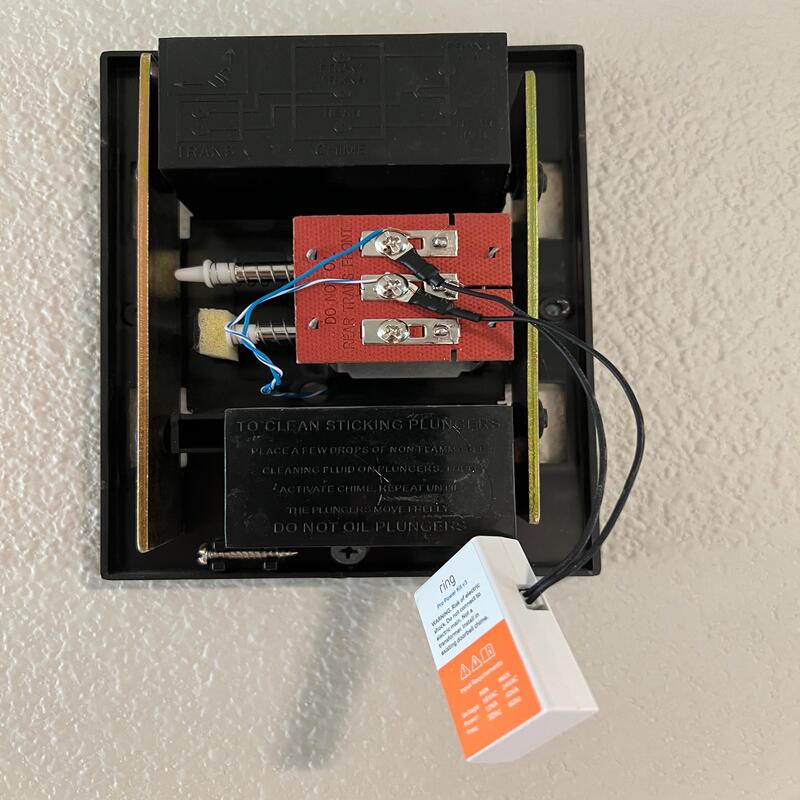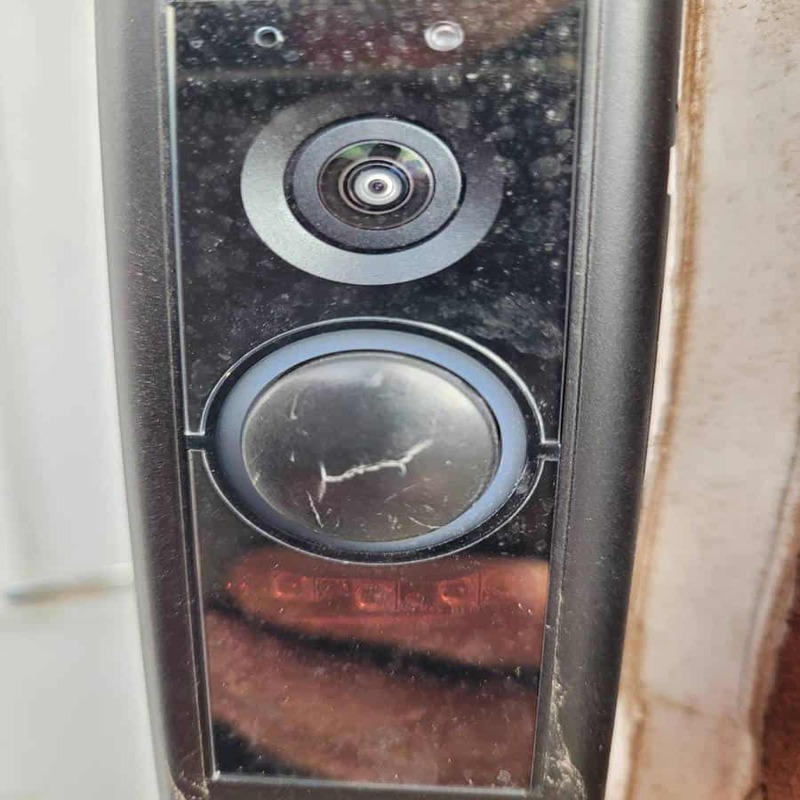Initial Setup Challenges
Setting up a Ring Doorbell should be straightforward, but sometimes things don’t go as planned. Ring doorbell troubleshooting early ensures your device functions correctly, keeping your home secure.
Identifying and Fixing Setup Problems
When you encounter issues during the initial setup of your Ring Doorbell, first check if there’s a technical outage by visiting the Ring status webpage. If there’s no outage, the issue might likely be with your local setup. Errors could range from incorrect Wi-Fi details to device malfunction. Make sure to double-check your entered Wi-Fi password and ensure your Ring app is updated to the latest version. It’s also helpful to restart the device and reinstall it to refresh its configuration.
Ring Doorbell Light Patterns and Solutions
Different light patterns on your Ring Doorbell can indicate specific problems. If the top half of the light is flashing, recheck your Wi-Fi password. Incorrect password entry is a common mistake. If the left half is flashing, there could be a connectivity issue. Verify that other devices can connect to your Wi-Fi. Should the right side flash, it suggests inadequate Wi-Fi signal strength. Consider moving your router closer to the doorbell or removing obstructions that might block the signal. Understanding these light indicators and reacting accordingly can swiftly resolve most setup issues.

Connectivity Concerns
Having a reliable connection is vital for your Ring Doorbell to function properly.
Assessing Signal Strength Issues
Weak Wi-Fi signals can cause numerous problems for your Ring Doorbell. Check the Ring app’s ‘Device Health’ section to view the RSSI value for your doorbell. An RSSI closer to 0 indicates a better signal. If your signal is weak, consider repositioning your router or removing obstructions.
Importance of Wi-Fi Network Stability for Ring Devices
A stable Wi-Fi network ensures that your Ring Doorbell reliably sends alerts and streams video. Regularly rebooting your router can help maintain stability. For persistent issues, contact your internet service provider or consider upgrading your router for improved performance.
Device Placement and Signal Interference
Proper placement of the Ring Doorbell is crucial for optimal performance. Obstructions can weaken Wi-Fi signals and affect functionality.
Potential Obstacles Affecting Wi-Fi Signal
Several factors can disrupt your doorbell’s Wi-Fi connection. Large metal objects, thick walls, and heavy furniture can block the signal. Other electronics may also compete for Wi-Fi, leading to interference. Be mindful of large water bodies, like fish tanks, which can absorb signals. Reflective surfaces, such as mirrors, might deflect Wi-Fi away from your Ring Doorbell.
Tips for Optimizing Your Doorbell’s Location
To ensure a strong Wi-Fi signal, follow these tips:
- Place your Ring doorbell within 20 feet of your router, if possible.
- Avoid mounting it near metal structures and reflective surfaces.
- Reposition your router to a central location in your home for better reach.
- Consider the use of Wi-Fi extenders if your router can’t be moved closer.
Implementing these suggestions could vastly improve your doorbell’s connection quality. For further help with ring doorbell troubleshooting, consult the Ring app or customer support.

Enhancing Wi-Fi Signal and Extending Range
Improving your Wi-Fi signal strengthens your Ring Doorbell’s connection. This can reduce issues like video lag or missed alerts.
Benefits of Using a Wi-Fi Range Extender
A Wi-Fi range extender can greatly boost your signal strength. This means better video quality and reliable alerts. It also increases the area your Wi-Fi covers. This can help if your Ring Doorbell is far from your router. With stronger signals, your doorbell works more smoothly.
Recommendations for Network Extenders Compatible with Ring
When picking a range extender, ensure it works with Ring devices. Look for extenders from well-known brands like Google, TP-Link, or Netgear. Ring also offers its own Chime Pro, which acts as an extender and an indoor chime. This device can help solve weak signal issues and is easy to set up. It’s important to pick an extender that matches your needs. You might need one that supports both 2.4GHz and 5GHz frequencies. Always check the extender’s specs before you buy it.
Maintaining Your Ring Doorbell
Regular maintenance can prevent many issues. In fact, proactive measures can help keep your device functioning optimally. Keeping your doorbell clean and updated is key to avoiding complications. Let’s discuss some practical maintenance tips that every Ring Doorbell owner should know.
Cleaning Your Device
It is essential to keep your Ring Doorbell clean for optimal performance. Dirt, dust, and debris can obscure the camera lens or impair the speakers. Use a soft cloth to wipe down the surface of your doorbell regularly. Avoid using harsh chemicals, as they can damage the device’s exterior. Instead, opt for mild soap and water when needed.
In addition, check for any spider webs or debris around the camera lens. Such obstructions can impact the video quality significantly. Regular cleaning ensures that your device can function correctly and maintain high-quality video feeds.
Updating Software and Firmware
Just as physical cleaning is important, so too is keeping your software updated. Software updates often contain essential bug fixes and new features. To check for updates, open the Ring app and navigate to the settings. There you will find an option to update your device. Follow the on-screen instructions for a seamless update process.
Also, allow automatic updates if you have this feature enabled. Automatic updates can ensure that your Ring Doorbell is always up-to-date without you needing to intervene. By keeping both your device and app updated, you help maintain stable performance and security.

Power Supply and Voltage Requirements
Proper power is critical for your Ring Doorbell to work right. A constant and correct voltage ensures clear video and consistent performance.
Troubleshooting Transformer Power Issues
Low power can make your doorbell act up. If your device is wired, it draws power from a transformer. The transformer needs to meet the Ring Doorbell’s voltage needs. Check the Ring app’s ‘Device Health’ section for voltage status. If it’s ‘Poor’ or ‘Very Poor,’ the transformer might be the issue. You can use a multimeter to test the transformer’s output. Make sure it matches the required range for your specific Ring model.
Alternatives for Adequate Power Supply
If your transformer isn’t the right fit, there are fixes. One option is replacing it with a compatible model. The Ring Plug-In Adapter is another easy solution. It powers your doorbell directly from an outlet. This may be the easiest route if swapping out the transformer seems daunting. Also, keep wires neat to avoid a cluttered look. Battery issues? Those need different handling, especially in cold weather.
Battery-Powered Doorbell Considerations
For Ring doorbells without wires, batteries are key. Knowing how to manage them is essential.
Impact of Network Signal on Battery Life
Weak Wi-Fi can drain your doorbell’s battery fast. A good signal keeps the battery lasting longer. Use the Ring app to check signal strength. You may need to move the router or get a Wi-Fi extender. This can help save battery life.
Handling Battery Concerns in Cold Weather
Cold weather is tough on batteries. Low temperatures can make them drain quicker or stop working. Inside the Ring app, monitor your doorbell’s battery level often. If it’s too cold, bring the doorbell inside to warm it and charge. A full battery at 100% is best for consistent performance in the cold.
Conclusion and Additional Resources
Navigating through Ring doorbell setup and connectivity issues can be challenging. Utilize the tips in this blog to troubleshoot common problems effectively. If you’ve checked for power and Wi-Fi issues and followed our suggestions without success, it may be time to reach out to customer support.
When to Contact Ring Customer Support
When persistent issues arise, Ring’s customer support is ready to assist. If technical glitches are beyond basic troubleshooting, customer support can guide you. They offer expert advice tailored to your Ring doorbell’s specific issues. Keep handy your doorbell’s model number and any error messages.
Exploring Advanced Troubleshooting Techniques
For those eager to delve deeper, exploring advanced troubleshooting can be rewarding. Experimenting with router settings or adjusting device placement could yield better Ring performance. Investigate firmware updates and check compatibility with other smart home devices. Remember, the healthier your network, the smoother your Ring doorbell should run. If you keep running into roadblocks, it might be time to consider a professional installation or contact Ring for specialized help.

